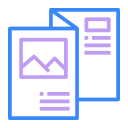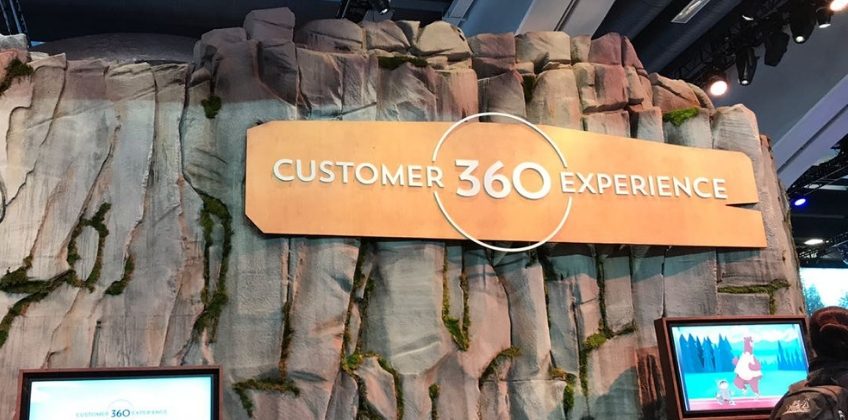In perhaps their biggest announcement at Dreamforce 2018, Salesforce Co-CEO Marc Benioff announced the release of Customer 360 asserting that the fourth industrial revolution is connectivity. Customer 360 is a set of services that aims to offer instant access to unified customer data across Salesforce applications. As a part of Salesforce’s vision for the Customer Success Platform, Customer 360 will enable companies to offer highly personalized services to their customers by moving beyond an app specific view by making a holistic customer profile to inform every single interaction. By placing the customer at the center of their business, Customer 360 will allow companies to lead robust customer engagement models which can blend service, marketing, commerce, and much more in completely new approaches.
How does it work?
The Customer 360 UI allow admins to develop a highly trusted connection between applications and Salesforce orgs, then map and access the data in the cloud, and create a data model that offers a single representation of all the customer data across connected systems. This gives service providers a comprehensive set of connectivity for their customer data and Salesforce applications.
A Customer 360 ID ensures every system recognize a customer irrespective of which way they want to engage on. Data management abilities collect, process, reconcile and update customer data across the cloud, and data exchange features allow to extract the right customer data at the right time. Data can be seamlessly retrieved whenever required.
Pre-built packages for Service, Marketing, and Commerce will allow service providers to deploy experiences quickly for the most common use cases such as Service Cloud experience that enable operators to see purchase pattern and browsing history from Commerce Cloud, or a Marketing Cloud journey that automatically triggered an event in Commerce Cloud. Each of these components is important to stimulate connected experiences. In Service Cloud, components will have pre-built connectivity to Customer 360. In Marketing Cloud, pre-built journey and email templates will include content and data sourced directly from Customer 360. And in Commerce Cloud, data and events will be distributed to every system connected to Customer 360.
How this will help companies?
Though the concept of the single customer view is not something new, however, the way Salesforce is going to deliver it is new and innovative. Customer 360 will handle customer data in the most efficient and secure way by allowing it to reside within the system and retrieving whenever required. Companies will be able to deliver a unified cross-channel experience to their customers rather than spending more time in data management. For example, if a customer while shopping from a Commerce Cloud powered e-commerce site remove some items from the cart while checking out, an event will automatically create and add those items in a campaign in the Marketing Cloud, which can be displayed later as discounted products to that particular customer.
Customer 360 will unify Service, Marketing and Commerce, but in order to obtain a more comprehensive view of the customer to offer more personalized services, companies must look beyond the Salesforce ecosystem. To achieve this, Salesforce customers can implement API-led connectivity with MuleSoft Anypoint Platform™ (Salesforce acquired MuleSoft earlier this year) and then connect these APIs directly to Customer 360, creating a truly complete customer view. Companies can significantly accelerate their digital transformation process with the help of Customer 360 while connecting and understanding their customers in entirely new ways. Customer 360 is in pilot now and will be generally available in 2019. This will also be included with related Salesforce products.
Source: https://www.salesforce.com/company/news-press/press-releases/2018/09/180925-k/


















